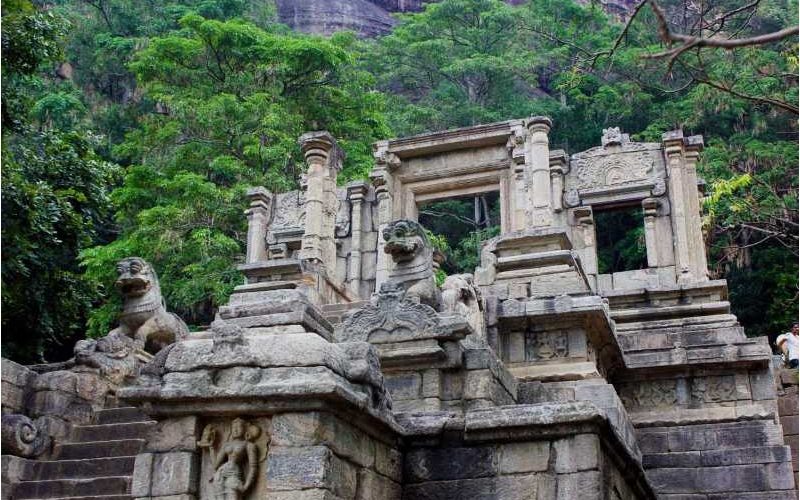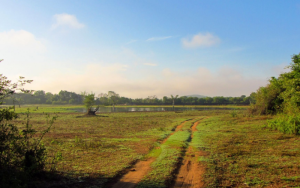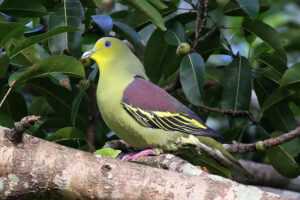Dambadeniya Kingdom: Where History Breathes Amongst Verdant Splendor. Tucked away in the lush landscapes of Sri Lanka’s North Western Province, the ancient city of Dambadeniya speaks volumes of a time when it stood as a citadel of power, culture, and artistic magnificence. Flourishing during the 13th and 14th centuries, this kingdom emerged from the shadows of political upheaval to illuminate a path of cultural resurgence and unwavering strength. This narrative explores the captivating journey of Dambadeniya, from its ascent to prominence, through its golden era, to its lasting impact on Sri Lankan heritage.
Birth from Turbulence: The Genesis of Dambadeniya Kingdom
Dambadeniya’s tale is deeply woven into the fabric of Sri Lanka’s historical transitions, especially following the decline of the Polonnaruwa Kingdom, which had been weakened by internal strife and invasions, notably by Kalinga Magha from South India. Amidst this chaos, Dambadeniya emerged as a beacon of hope and resilience.
In 1232 AD, King Vijayabahu III, a scion of the Sinhalese royal lineage, ascended the throne. Realizing Polonnaruwa’s strategic vulnerabilities, he relocated the capital to Dambadeniya, strategically nestled atop a massive rock fortress. Under his leadership, Dambadeniya was fortified with robust defenses, transforming it into an impenetrable bastion of sovereignty.
Era of Gallant Sovereigns of Dambadeniya Kingdom
The legacy of Dambadeniya was sculpted by a lineage of formidable rulers, initiated by Vijayabahu III. Among them, King Parakramabahu II (1236-1270 AD), his progeny, was a standout monarch. His military acumen and diplomatic finesse enabled him to thwart invasions from Kalinga Magha and the Pandyas, heralding an era of expansion, stability, and economic prosperity.
A Renaissance of Culture and Artistry of Dmabadeniya Kingdom
The epoch of Dambadeniya Kingdom was not solely defined by its military accomplishments but also by a renaissance of Sinhalese culture and art. Royal patronage nurtured a vibrant literary milieu, yielding masterpieces such as the Sinhala Thupavamsa and the Dalada Siritha, alongside significant Buddhist philosophical and poetic works, thus enriching the nation’s cultural heritage.
In the realm of art and architecture, the Dambadeniya period was a golden age. The kingdom’s artisans produced stunning sculptures and murals, while architectural marvels like the Ran Kotmale dagoba attested to the era’s aesthetic and engineering ingenuity. The remnants of majestic gateways and the moat provide a window into Dambadeniya’s grand urban planning.
The Twilight of Glory of Dambadeniya
However, the luminance of Dambadeniya’s golden age eventually dimmed. The late 13th century witnessed a decline in the kingdom’s political and economic stability, marred by internal disputes and external threats. By the mid-14th century, the mantle of capital was passed to Kurunegala, though the Dambadeniya dynasty lingered until its dissolution in 1345 AD.
The Immortal Legacy of Dambadeniya
Despite the cessation of its temporal rule, Dambadeniya’s spirit endures within Sri Lanka’s cultural fabric. Its archaeological sites, now preserved as heritage monuments, echo the architectural brilliance of bygone times. The literary opuses conceived during this period continue to be revered, embodying the essence of Sinhalese literature and history.
Conclusion
Dambadeniya’s narrative is a powerful testament to Sri Lanka’s capacity for resurgence in the face of adversity, celebrating the enduring legacy of leadership, artistic expression, and cultural rejuvenation. For those who wander through the remnants of this once-great kingdom, they are enveloped in tales of remarkable feats and the timeless resonance of history.












One Reply to “Echoes of Dambadeniya Kingdom That You Don’t Miss”
Thanks for sharing. I read many of your blog posts, cool, your blog is very good.